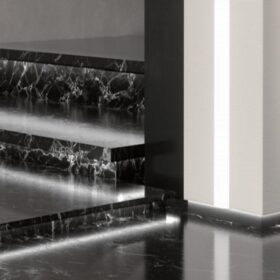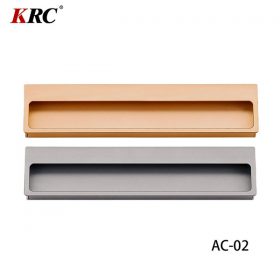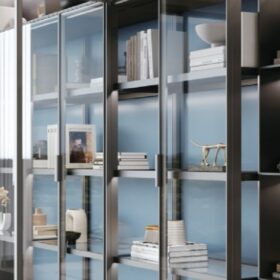Understanding Aluminum Window Profiles- A Comprehensive Guide
Amidst the myriad of choices available in window design, aluminum window profiles stand out as an exceptional blend of durability, efficiency, and aesthetics. Understanding Aluminum Window Profiles: A Comprehensive Guide is an invaluable resource that delves deep into the intricacies of aluminum window systems, empowering homeowners, architects, and industry professionals with the knowledge to make informed decisions.
Window Profiles Explained
A window profile refers to the shape and design of the frame that surrounds a window pane. Aluminum windows feature profiles that are extruded from aluminum alloys, offering a wide range of options in terms of shape, size, and functionality. The profile’s shape determines the overall look of the window, while its size and thickness influence its strength and insulating properties.
Material Properties of Aluminum
Aluminum is a lightweight yet robust metal with excellent durability. Its resistance to corrosion, moisture, and extreme temperatures makes it an ideal material for window profiles. Aluminum is also highly recyclable, promoting environmental sustainability. The alloy used in window profiles typically includes a combination of aluminum, magnesium, and silicon, enhancing its strength and dimensional stability.
Insulation and Energy Efficiency
Aluminum window profiles can be designed with thermal breaks to improve their insulation capabilities. Thermal breaks are non-conductive barriers placed within the frame to prevent heat transfer between the interior and exterior of the building. By minimizing heat loss, thermally broken windows maximize energy efficiency, reducing heating and cooling costs.
Customization and Aesthetics
Aluminum window profiles offer a high degree of customization, allowing architects and homeowners to create windows that complement the architectural style of a property. Profiles can be finished in a wide range of colors and textures, including anodizing, powder coating, and wood grain finishes. Custom shapes and sizes are also available to cater to specific design requirements.
Operational Types and Functionality
Aluminum window profiles can be used to create a variety of window types, including casement windows, sliding windows, and tilt-and-turn windows. Each type offers unique advantages in terms of ventilation, ease of operation, and aesthetics. Casement windows provide a large opening area, while sliding windows offer space efficiency. Tilt-and-turn windows combine the functionality of both types, allowing for both ventilation and cleaning from the inside.
Conclusion
Understanding Aluminum Window Profiles: A Comprehensive Guide provides a comprehensive exploration of the design, materials, and performance of aluminum windows. By delving into the technical details and practical applications, this guide empowers readers to make informed decisions about the selection and installation of windows that meet their specific needs. Whether you’re a homeowner seeking energy efficiency, an architect pursuing aesthetic perfection, or an industry professional seeking technical insights, this guide is an essential resource for understanding the world of aluminum window profiles.
-
2024-09-14Exploring the Different Types of Modern Closet Door Pulls and Their Applications
-
2024-09-14How Cabinet Door Pull Handles Support High-Traffic Areas
-
2024-09-06Cost-Benefit Analysis of Investing in High-Quality Long Wardrobe Door Handles
-
2024-09-04How Flat Cabinet Handles Enhance Modern Interior Design
-
2024-11-29Top Trends in Modern Kitchen Cabinet Pulls for 2024
-
2024-11-28The Ultimate Guide to Modern Kitchen Cabinet Pulls- Materials, Styles, and Tips
-
2024-11-27Elevate Your Kitchen Design with These Must-Have Modern Cabinet Pulls
-
2024-11-26Sleek and Stylish- The Best Modern Kitchen Cabinet Pulls for a Contemporary Look






